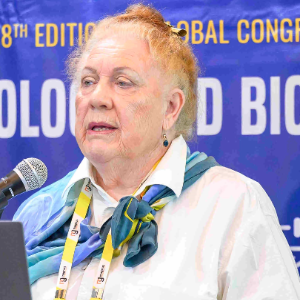Fossil plants
Fossil plants stand as invaluable witnesses to Earth's botanical history, offering a fascinating glimpse into the evolution of plant life across millions of years. These remarkable remnants, often entombed within sedimentary rocks, encompass a diverse spectrum of plant fossils, ranging from minuscule spores to towering tree specimens. Through the lens of paleobotany, the study of fossilized plants, scientists can unravel the intricate tapestry of ancient ecosystems, decipher past climate conditions, and trace the evolutionary trajectories of plant species throughout geological time. Among the myriad fossil plant groups, notable examples include the lycophytes, ferns, and seed plants, each contributing unique insights into the evolutionary saga of plant life on Earth. By meticulously analyzing fossilized pollen grains, plant cuticles, and other botanical remnants, researchers can glean critical evidence for reconstructing ancient climates and environmental conditions, providing invaluable context for understanding the interplay between plants and their surroundings. One of the most striking discoveries in paleobotany is the presence of well-preserved fossil forests, such as those dating back to the Carboniferous period. These ancient woodland relics offer a vivid snapshot of bygone landscapes, replete with towering trees and lush vegetation. The study of these fossilized forests not only provides a mesmerizing glimpse into Earth's distant past but also yields profound insights into the pivotal role that plants have played in shaping the planet's surface and ecosystems. Furthermore, fossil plants serve as invaluable indicators of environmental change throughout geological history. By studying shifts in plant distributions, species compositions, and ecological associations across different epochs, scientists can decipher patterns of climatic variability, tectonic activity, and other geological processes that have shaped the Earth's dynamic landscape over time. In essence, fossil plants serve as silent storytellers, unlocking the secrets of Earth's botanical past and illuminating the profound diversity and resilience of ancient flora. Their fossilized remains offer a tantalizing window into the evolutionary drama that has unfolded over millions of years, enriching our understanding of plant life's enduring legacy and its intricate relationship with the ever-changing tapestry of our planet's history.

Mohammad Babadoost
University of Illinois, United States
Mary Cole
The University of Melbourne, Australia
Edgar Omar Rueda Puente
Universidad de Sonora, Mexico
P E Rajasekharan
ICAR-IIHR, India
Rameshkumar K B
Jawaharlal Nehru Tropical Botanic Garden and Research Institute, India
Selina Sterup Moore
Aarhus University, Denmark


Title : Exploring the genetic diversity in tannin-rich forages to explain the large intra species variability in tannin content
Selina Sterup Moore, Aarhus University, Denmark
Title : Isolation and functional properties of biomolecules of plants and its application
Balagopalan Unni, GEMS Arts & Science College (Autonomous), India
Title : Primed for the future: PGPR and the promise of sustainable, heritable crop resilience
Prashant Singh, Banaras Hindu University (BHU), India
Title : Revealing allelic variations in candidate genes associated with grain yield under salinity stress between two contrasting rice genotypes
Nisha Sulari Kottearachchi, Wayamba University of Sri Lanka, Sri Lanka
Title : Adaptive strategies of Aristida L. species across ecological zones of Pakistan: Linking soil characteristics with morphological and physiological traits
Iram Ijaz, University of Agriculture Faisalabad Pakistan, Pakistan
Title : Ethnobotanical survey and abundance of weeds in selected Manihot esculenta (cassava) Crantz farms in Osun state, Nigeria
Dada Caleb Mayokun, University of Ibadan, Nigeria